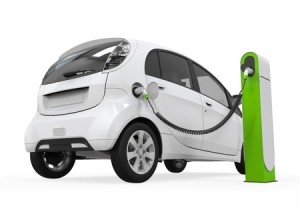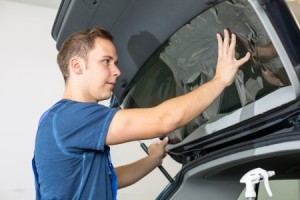 Minnesota is in the midst of construction season, and with construction comes lane closures. As if driving in the Twin Cities around rush hour wasn’t painful enough, the presence of construction often means that some lanes may be blocked off.
Minnesota is in the midst of construction season, and with construction comes lane closures. As if driving in the Twin Cities around rush hour wasn’t painful enough, the presence of construction often means that some lanes may be blocked off.
Odds are you’ve ran into this situation before, either because of construction or if you’ve tried heading downtown during rush hour when the carpool lanes are flowing out to the suburbs. Up ahead you can see that three lanes are becoming two, or worse, two lanes are becoming one. You’re then faced with a choice: Get in the lane that will remain open and wait in line, or zip up the closing lane and cut in 100 feet from the orange barrels. According to the Minnesota Department of Transportation, you’re actually doing the people behind you a favor if you speed ahead and cut someone off at the merge point.
Ok, so maybe the verbiage of “zooming up” and “cutting off” another person make you seem like a bad guy, and you’ll likely endure a few evil stares and the occasional horn if you appear to budge a row of patiently waiting cars, but the Minnesota Department of Transportation said this style merge – called a Zipper Merge – can reduce backups by 40%.
The Zipper Merge
According to MN DoT, when preformed successfully, the Zipper Merge can greatly reduce wait times for all parties involved. If cars evenly fill the lanes and begin merging alternatively at the point of construction, drivers can continue without hitting the breaks.
“I’ve been amazed at how consistent the flow is,” said Ken Johnson, a Minnesota State Work Zone, Pavement Marking, and Traffic Devices engineer . “You don’t have to put your foot on the brake at all. You just coast ahead and take turns at the merge point.”
That said, if traffic flow in constantly flowing in one lane, motorists will want to merge over earlier to avoid being the one that sends brake shockwaves to all the drivers behind them.
Minnesota first began openly advertising the Zipper Merge in the early 2000s, and it’s recently found another advocate in Washington. Advocates for the Zipper Merge in Washington said that it’s not easy to get drivers to view those in the closing lanes as allies, not line-cutters.
“There can be a weird idea going through people’s heads of, like, ‘Oh, these people are cheating, cutting in line!’” Washington State Department of Transportation representative Travis Phelps said. “Well, it actually lets traffic flow if you can let folks in. Play nice. Treat traffic like a team sport. You gotta play the assist role. It’s gonna help lessen the backups.”
Related source: ARSTechnica



